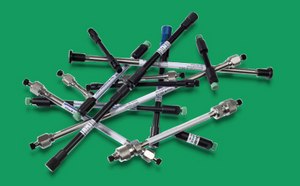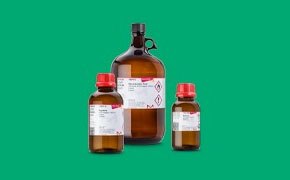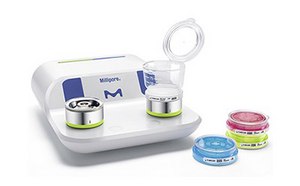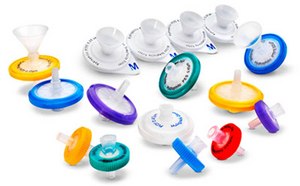Small Molecules Analysis & QC

Small molecule method development and analysis which includes medicinal chemistry, metabolite identification, impurity profiling, drug metabolism and pharmacokinetics, are key to the success of pharmaceutical quality control and assurance. Successful testing and release of small molecule drugs is dependent on efficient analytical tools, validation guidelines and practices.
There are several methods available for the separation of small molecules and their identification. Some include wet chemistry, high performance liquid chromatography (HPLC), gas chromatography (GC), thin-layer chromatography (TLC), capillary electrophoresis (CE), nuclear magnetic resonance spectroscopy (NMR) and mass spectrometry (MS).
Featured Categories
Achieve precise separations with our extensive HPLC column collection. Enhance retention, resolution, and selectivity.
Your Solvent Source: Find the right fit with Supelco®, Sigma-Aldrich®, & SAFC® brands, covering analytical, lab, & biopharmaceutical uses. Order online.
Speed up your time-to-result with rapid microbial testing using our complete membrane filtration systems.
Choose Millex® syringe filters: sterile, nonsterile formats. Wide membrane, housing options for HPLC, UHPLC, dissolution testing compatibility.
Contact our analytical expert today and get advanced support on method development and workflow tools for accurate and reproducible small molecule analysis.
Visit our document search for data sheets, certificates and technical documentation.
Related Articles
- An overview of nitrosamine impurity testing, worldwide regulations, and key considerations in filter selection for sample preparation and analysis.
- Correct common HPLC issues to restore column performance, addressing peak problems, retention time, noise, and resolution with chromatograms.
- HPLC method determines Drospirenone in progestin medication using Purospher® STAR RP-18e Hibar® HPLC column, meeting USP monograph criteria.
- HPLC method to analyze ephedrine HCl and pseudoephedrine HCl in traditional Chinese medicine (TCM) with a Purospher® RP-18e colμmn to report chromatographic data, linearity, specificity and repeatability and LOD and LOQ.
- Identification and quantification of the most common extractables originating from single-use equipment by GC/MS and an Extractables and Leachables Screening Standard.
- See All (35)
Related Protocols
- Chloroquine Phosphate HPLC Assay meets system suitability criteria with good resolution, reproducibility, and sensitivity.
- We offer the tools for the analysis of the metabolites; including certified reference standards, enzymes, substrates, and chromatographic products.
- Folic acid vs. folate differences and biological activities; implications in fortified foods and supplements for human health.
- Chiral Method Development Strategies for HPLC
- Lopinavir assay setup saves time and improves efficiency with shorter columns, meeting European pharmacopoeia guidelines.
- See All (1)
Find More Articles and Protocols
How Can We Help
In case of any questions, please submit a customer support request
or talk to our customer service team:
Email custserv@sial.com
or call +1 (800) 244-1173
Additional Support
- Chromatogram Search
Use the Chromatogram Search to identify unknown compounds in your sample.
- Calculators & Apps
Web Toolbox - science research tools and resources for analytical chemistry, life science, chemical synthesis and materials science.
- Customer Support Request
Customer support including help with orders, products, accounts, and website technical issues.
- FAQ
Explore our Frequently Asked Questions for answers to commonly asked questions about our products and services.
To continue reading please sign in or create an account.
Don't Have An Account?



